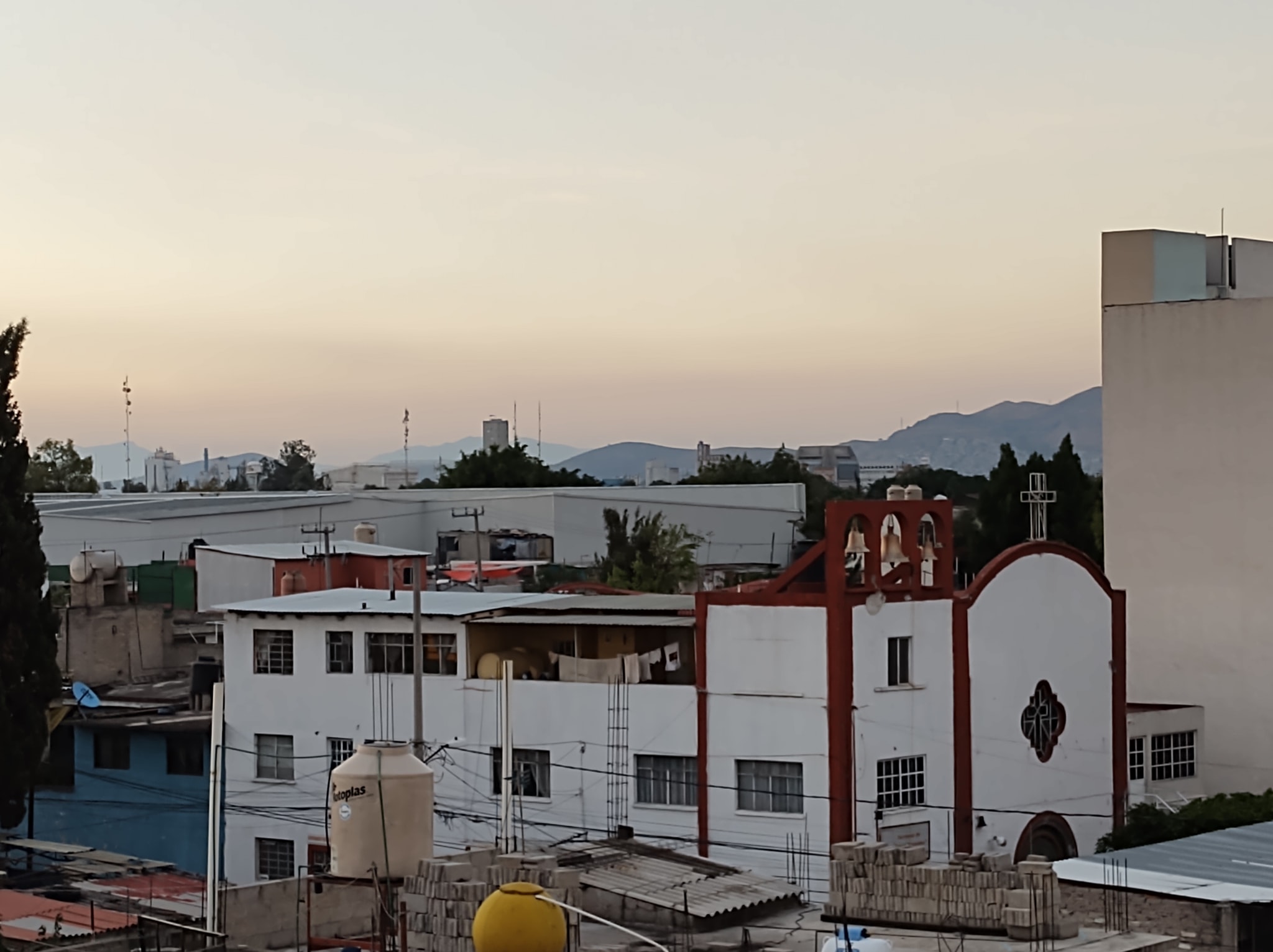
Coltongo es probablemente uno de los Pueblos originarios de Azcapotzalco más desconocidos. Situado en el extremo oriente de la delegación, es fácil imaginarlo como un pequeño asentamiento en la misma isla que Magdalena de las Salinas, es decir, una larga isla de marismas.
El nombre en náhuatl hace referencia a la devoción del pueblo por Coltzin, (Tollocan, Tollotzin). El “dios encorvado” es una deidad fuertemente asociada a la etnia Matlatzinca, una comunidad asentada en Toluca, al oeste del Estado de México. El dios influye en el nombre de la localidad, pero también en el de la antigua Culhuacán. Una teoría alternativa sugiere que puede referirse a un recodo en la calzada que giraba hacia el norte, y que todavía se puede ver en la antigua Calzada de Coltongo.
En cierto sentido, la denominación del pueblo también refleja que la capilla del pueblo estaba dedicada a Jesús Nazareno, ya que no hace referencia a ningún otro santo patrón. Se cree que el Cristo azotado, doblado en dos, se parece sincréticamente a Coltzin. A Coltongo a veces también se le suele decir Coltongo de las Salinas.
Aunque no es obvio a simple vista, algunas partes de la capilla son originales del siglo XVIII. Esto incluye el techo abovedado e incluso algunos de los muros exteriores hechos de adobe y tepetate, es decir, tierra volcánica compactada. No obstante, la mayor parte de la iglesia es nueva.
El pueblo tiene una estación de Metrobús de la Línea 3 que lleva su nombre, la iglesia y la plaza del pueblo están a unos diez minutos caminando.

Cercano a 0.28 kms.

Cercano a 0.65 kms.

Cercano a 0.66 kms.
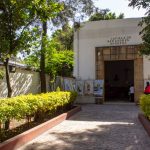
Uno de los Pueblos originarios casi perdidos en Azcapotzalco.
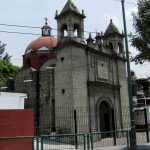
One of Azcapotzalco's ancient neighborhoods is remembered in a stone chapel.
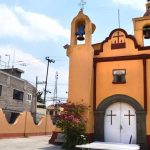
La capilla dedicada a San Andrés Apóstol data del siglo XVII.

El antiguo barrio era sagrado para el pueblo tepaneca, los principales rivales de los mexicas de Tenochtitlán.
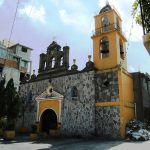
Un torcido centro de pueblo hacia uno de los asentamientos más antiguos de Azcapotzalco...